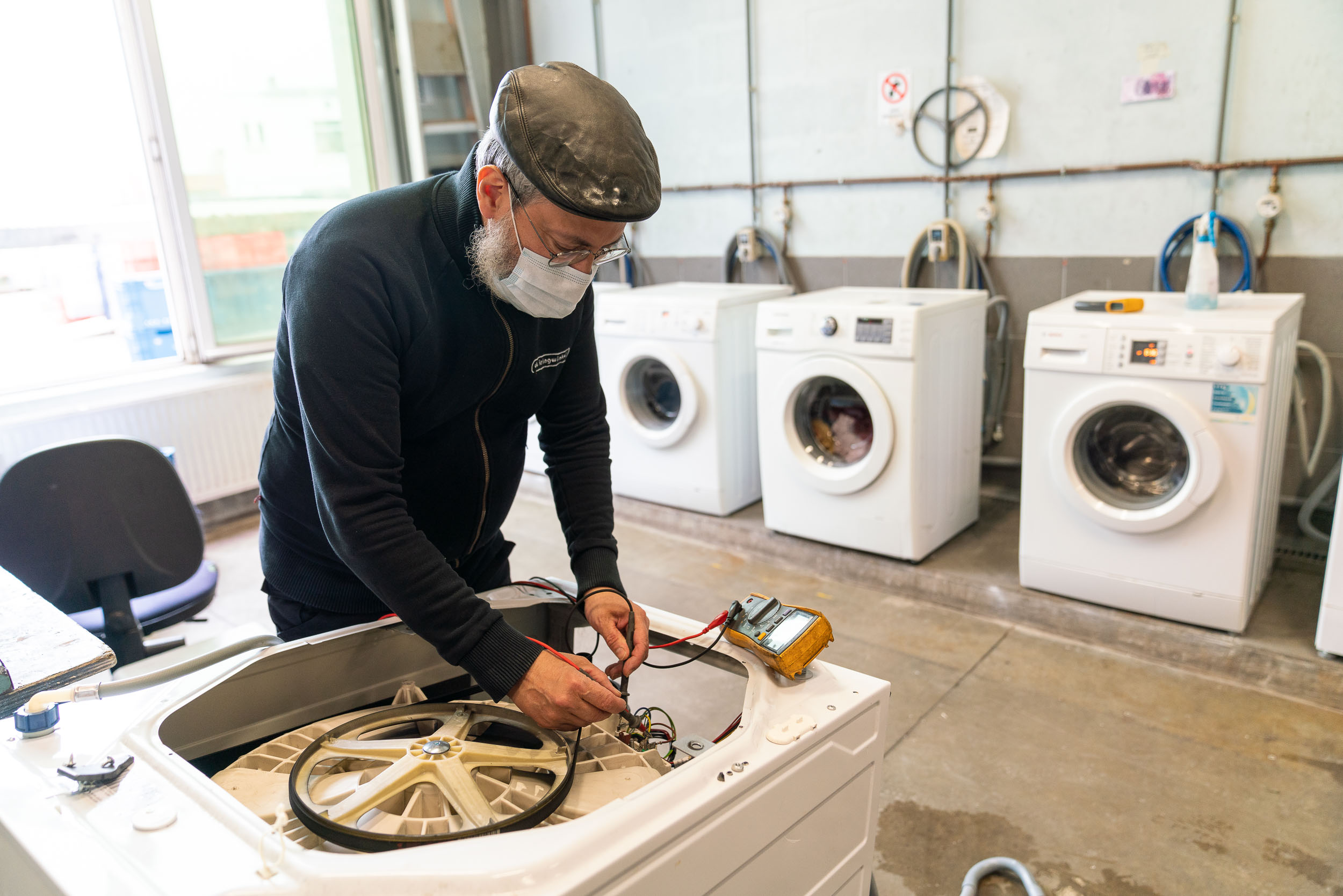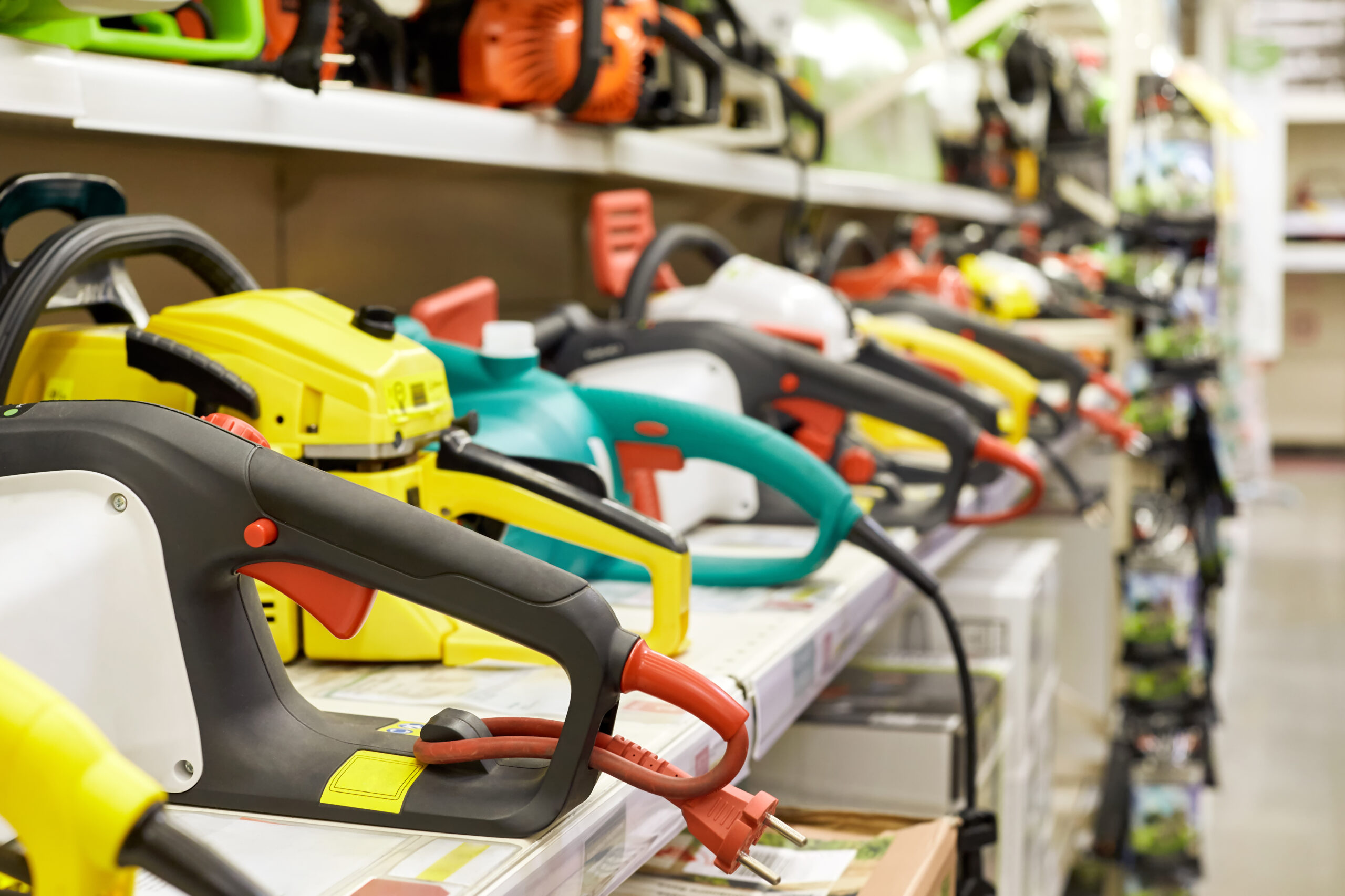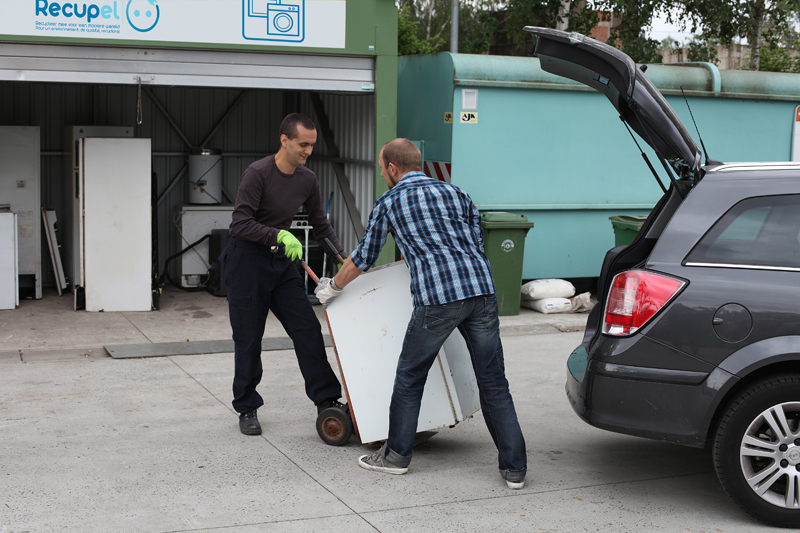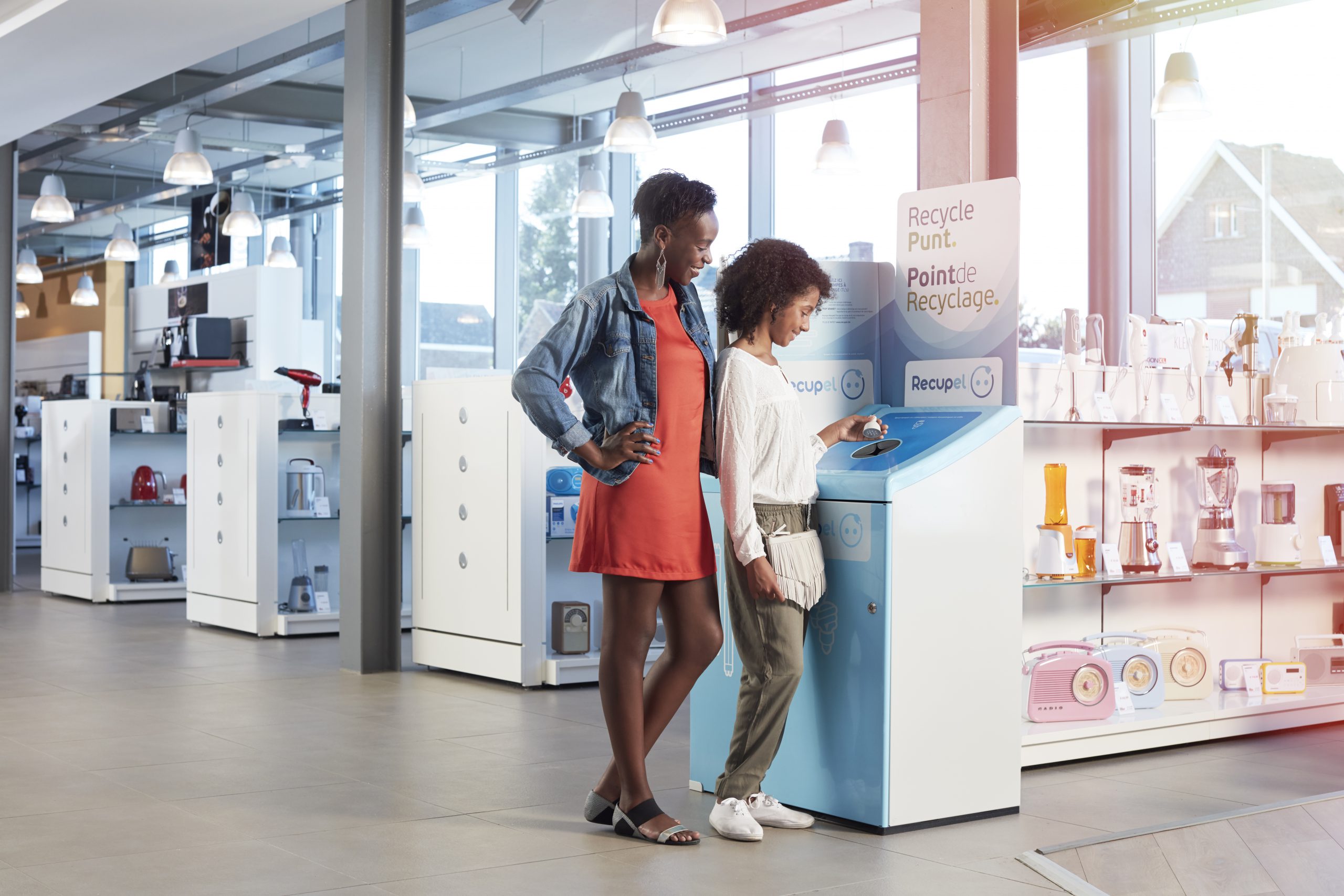A second consecutive record-breaking year
The total weight of electrical and electronic equipment and light bulbs collected has grown once again.
11.1 kg per person – that’s how many old appliances and light bulbs the average Belgian brought to a Recupel point in 2021. This turns out to be an increase of no less than 3.7% compared to 2020, the previous record-breaking year. For the second year in a row, we saw a COVID-19-related tidying-up effect. Even companies shot into action during the second year of the pandemic: in 2021, the total weight of discarded professional equipment increased by almost 50%. We witnessed a similar effect upon the results for collected light bulbs. Initially, at the onset of the coronavirus crisis, the number of projects involving the replacement of old lighting declined. But in 2021 these activities picked up once more, resulting in an increase in the collected weight of old light bulbs of 14%.
collected in 2021
An increase of 3.7%
Examining the volume (in tonnes) by category, we see:
Large white goods (e.g. washing machines)

Fridges and freezers

Light bulbs

Other (from mobile phones to lawnmowers)

Smoke detectors

Televisions & monitors

Professional equipment

Although the weight collected increased, the number of devices collected decreased by 6.3% compared to 2020.
collected in 2021
A decrease of 6.3%
Examining each category in units, we see:
Large white goods (e.g. washing machines)

Fridges and freezers

Light bulbs

Other (from mobile phones to lawnmowers)

Smoke detectors

Televisions & monitors

The collection rate compares the amount of the electrical and electronic equipment newly placed on the market with the amount of equipment collected on the basis of weight. Stakeholders throughout the entire e-waste chain report how many appliances they brought onto the market, collected, or processed and what their destinations are. In 2020, information about more than 159,000 tonnes of equipment was reported, according to figures from the reporting platform BeWeee. This is the sum of the declarations made via Recupel and the nearly 36,000 tonnes that companies declared directly to BeWeee.
So, for 2020, we achieved a collection rate of 54.8%. This is 8% better than in 2017, but it is still a long way from the European target of 65%. Results for 2021 are not yet available. These will be published on the BeWeee website in the autumn of 2022.
Important note: The volume of electrical and electronic devices on the market continues to increase. In the last five years alone, this volume has increased by 10%. This makes it even more challenging to achieve the target collection rate of 65%.
*(Figures do not include solar panels: These are not collected by Recupel, but by PV Cycle.)
Reuse is a high-quality ecological solution for end-of-life appliances that also has considerable social benefits. The organisation of reuse creates employment opportunities, especially for people distant from the regular labour market, and it provides an affordable supply of goods for people on low incomes. It is therefore beneficial that a wide variety of sectors are beginning to pay greater attention to reuse. In total 3,759,428 kilograms were reused.
 © Jasper Leonard
© Jasper Leonard
In 2021 second-hand shops and reuse centres succeeded in checking over 1.5 million kilograms of old electronics and electrical devices, repairing them where possible, and putting them back into circulation.

Some of our charter recyclers, such as Out of Use and CTG, also organise the reuse of the appliances they collect, with 1,195,668 kilograms of such appliances being sent for reuse last year.
 ©Adobe Stock
©Adobe Stock
More and more of our members, the manufacturers and distributors of electronics and electrical devices, are joining in the reuse narrative. In 2021, they themselves put 906,242 kilograms of discarded or returned appliances back on the market.
This is an increase of 1% compared to 2020. Our processors recycled 79.8% of the appliances and light bulbs collected into usable raw materials. Another 12.5% was incinerated to generate useful energy. And finally, 1.4% was recovered as ‘auxiliary raw material’ for the support of other processes.
Per category:

Recycling parks play an essential role as hubs of the circular economy. There are 544 recycling park locations throughout Belgium.

Shops that sell electronic or electrical devices are required by law to provide facilities for the return of the same discarded devices from their customers for processing. To do this, they can register as collection points. There are 11,697 such collection points in Belgium. Of these, some 2,984 shops also have Recupel points – handy containers for collecting small electrical/electronic items and light bulbs.

Reuse is the best option for devices that you no longer need but that still work or can be repaired. To offer your items for reuse, you can go to a reuse centre, where any necessary repairs will be carried out and the appliances are prepared for sale in a second-hand shop. In 2021, Recupel collaborated with 29 reuse centres.

In 2021, we relied on a network of 88 charter recyclers, including 75 charter collectors and 13 charter processors. Companies can go directly to these charter recyclers to have their discarded electrical and electronic devices processed.



